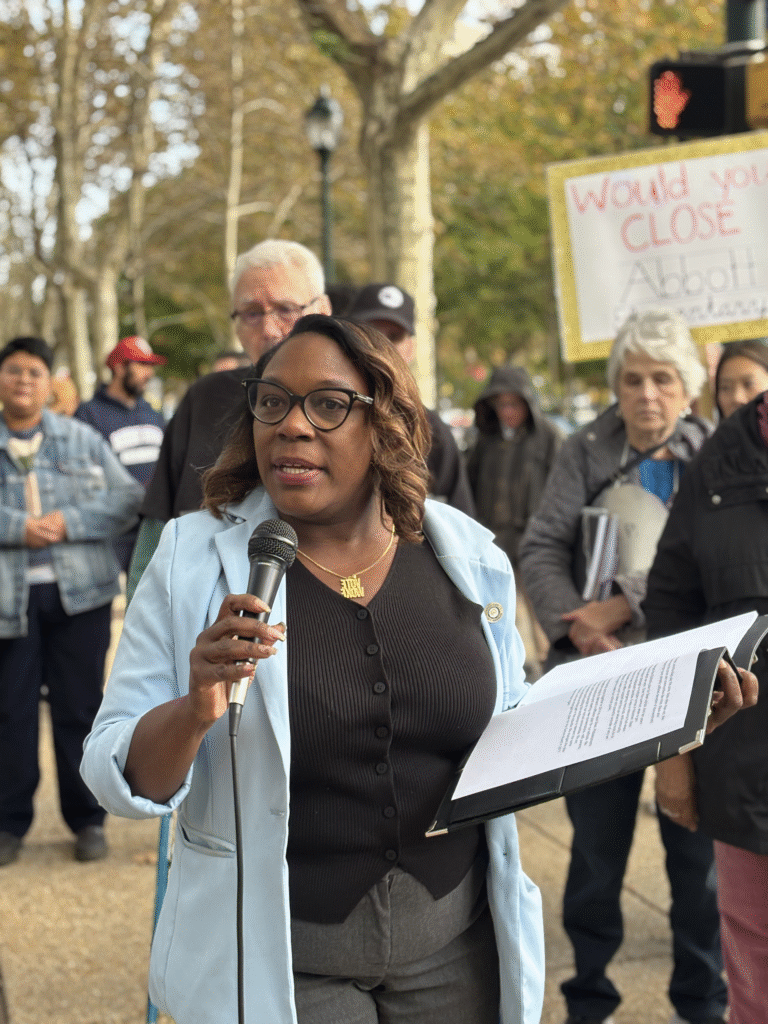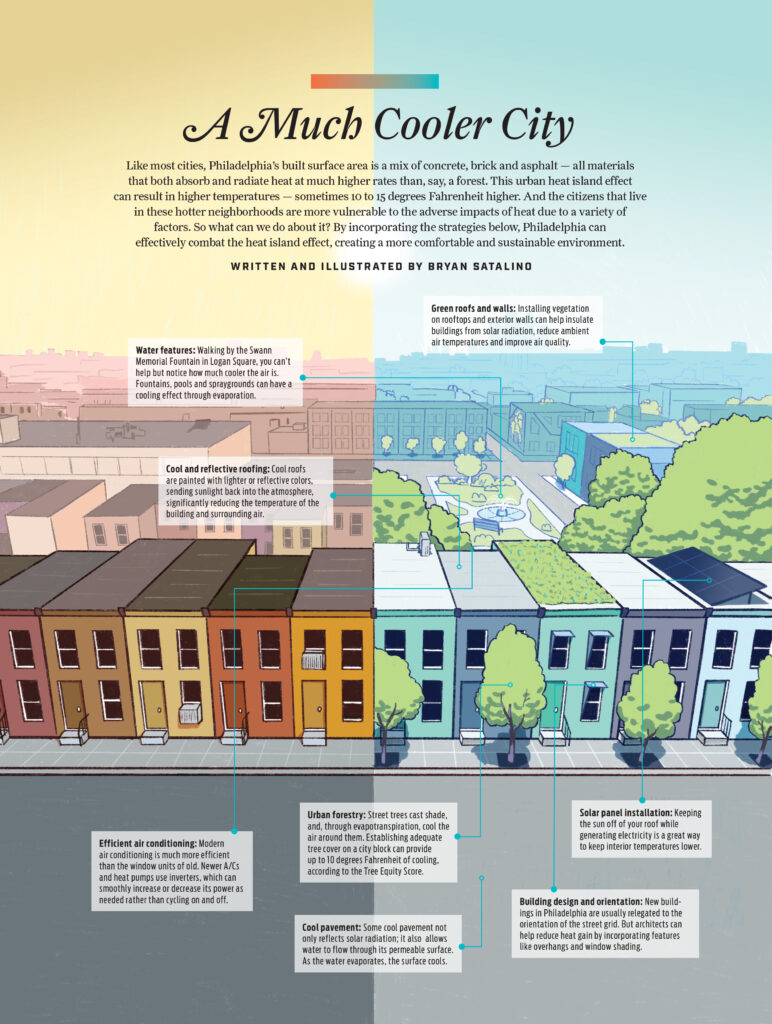In June, the School District of Philadelphia’s long-running struggle to protect staff and students from asbestos in its aging buildings came to a head with federal criminal charges and an agreement with the U.S. Justice Department to take care of the problem once and for all. The Justice Department alleges that the Philadelphia School District
MoreLast week, I plucked a tick off the neck of a teenager I had guided on a canoe outing. (It came off easily, not having latched on yet.) Presumably the tick had climbed on as the teen had walked through some tall grass after the boats were put away. With single-minded determination, the tick had
MoreThe title of Austin, Texas-based journalist Jeff Goodell’s 2023 book, “The Heat Will Kill You First: Life and Death on a Scorched Planet,” should leave no doubt as to the topic and its urgency. Grid spoke with Goodell at the end of May about the most lethal and least visible natural disaster on the planet.
MoreSouth Philadelphia dad and Little League coach Alex Kaslowitz remembers watching the Phillies play at Veterans Stadium, one of the first to install artificial turf in 1970. Since then, as reported in the Philadelphia Inquirer, six former Phillies have died from a rare form of brain cancer linked to the turf they played on. “That
MoreIn April, the Philadelphia Eagles scored a few days of positive publicity when quarterback Jalen Hurts donated $200,000 to install more than 300 air conditioning units in 10 Philly public schools. The problem the donation addressed is real; Philly’s ancient school buildings afflict our students with temperatures too hot to learn safely in our warming
MoreIn this issue we take a closer look at how environmental problems disproportionately affect communities of color, and particularly low-income communities of color. More than those of whiter and more affluent communities, their residents breathe air poisoned by industrial facilities like refineries or by the tailpipes of unending lines of cars and trucks. Often homes
MoreWhy is it that low-income and communities of color bear the brunt of industrial pollution? And when environmentally hazardous facilities move into their neighborhoods, why don’t people leave? These are some of the questions that guide the environmental justice movement, which seeks to address the disproportionate environmental harm marginalized communities face. Dorceta Taylor, professor of
MoreWhen many Philadelphians head out the door to traverse the city, they have an option in each pocket. In one are the keys to the car; in the other, a SEPTA card. And in their head, an often tortuous debate about which method of transportation would be safer, more affordable and more dependable. But many
MoreLast summer, on a small beach along the Cooper River, seventeen-year-olds Star Beauchamps and Mickey Carter-Lopes waited to pull canoes into shore. This was their typical summer weekday: paddling, teaching and comparing the polka dot tan lines on their feet thanks to Crocs and hours spent working in the sun. The friends were two of
More











